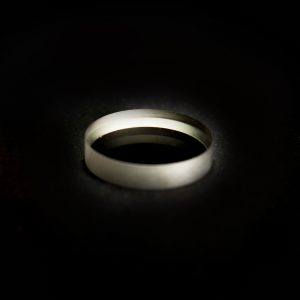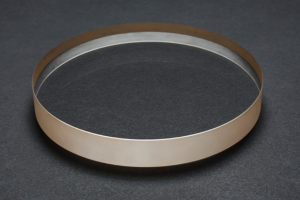How to use protective lenses for laser welding machines? As the name suggests, protective lenses are used to prevent dust and slag splashing from damaging the focusing lens. The focusing lens of laser cutting machine is a relatively precise optical component, and its cleanliness directly affects the processing performance and quality of laser cutting machine. If the lens selection is not appropriate, it can cause large laser loss, frequent damage to protective lenses, unstable product quality, and serious losses to the enterprise. Although the protective lenses of laser cutting machines are vulnerable parts, in order to improve their utilization rate and reduce production costs, the purpose of reuse can be achieved by regularly cleaning the protective lenses. Here are three cleaning steps for maintaining laser lenses:
1. Protective lens material is fragile
The protective lens material is κη Se (zinc arsenic), relatively brittle and afraid of falling; When disassembling, it should be noted that excessive force should not be exerted and there should be no collision with hard objects. There is a permeable film on the surface, which is afraid of pollution, moisture, oiliness, and scratching; Therefore, it is required to provide dry and degreased air during work. Do not directly handle the laser cutting machine to protect the lenses, as skin oil can cause permanent damage to the surface of the lenses. On the contrary, you can wear gloves and their specialized sets for operation. For smaller lenses, using optical tweezers or vacuum tweezers will be more convenient. No matter what method is used to clamp the laser cutting machine to protect the lens, it can only be clamped along a non optical surface, such as the frosted edge of the mirror plaque
2. Use a magnifying glass to remove dirt
In general, it is necessary to check the condition of laser cutting and protective lenses before and after use and cleaning. Due to the relatively small size of most pollutants and surface defects, we often need to use magnifying equipment when inspecting lenses. In addition to amplifying equipment, sometimes we also need to use a relatively bright beam of light to illuminate the optical surface, enhancing the surface pollutants and missing specular reflection intensity, so that pollutants and defects can be more easily detected.
3. Suitable solvent wiping
When cleaning a laser cutting machine protective lens, it is often used τ Clean wiping paper and optical grade solvent to prevent damage by other pollutants. The wiping paper must be moistened with a suitable solvent and must not be τ Dry use. For the sake of softness, the available wiping paper is pure cotton webi wiping paper or cotton ball, lens paper, and cotton swab applicators




